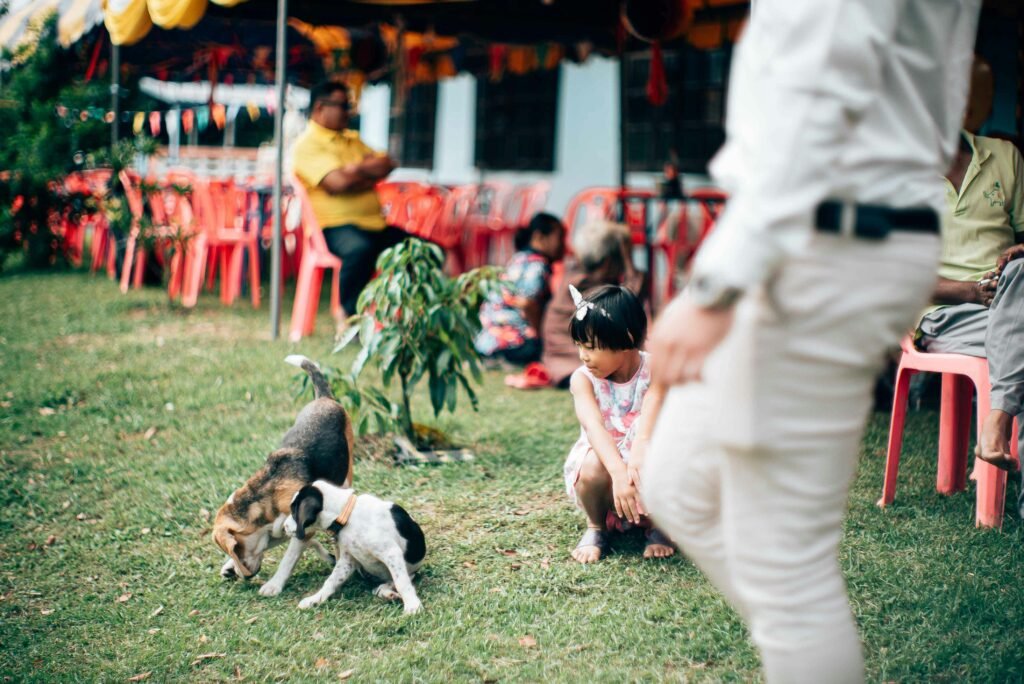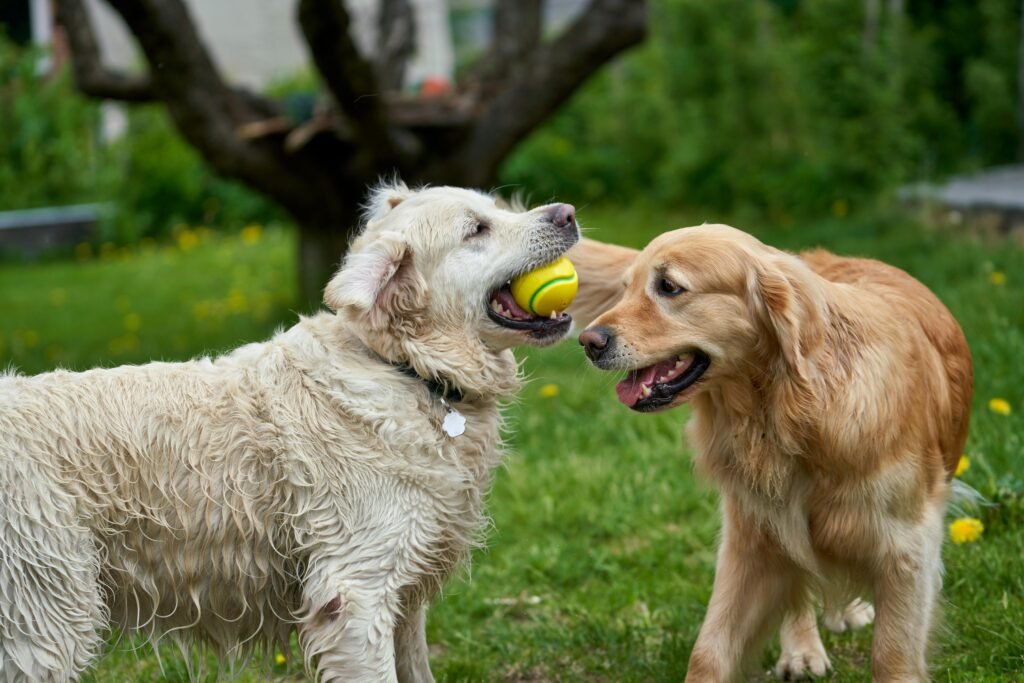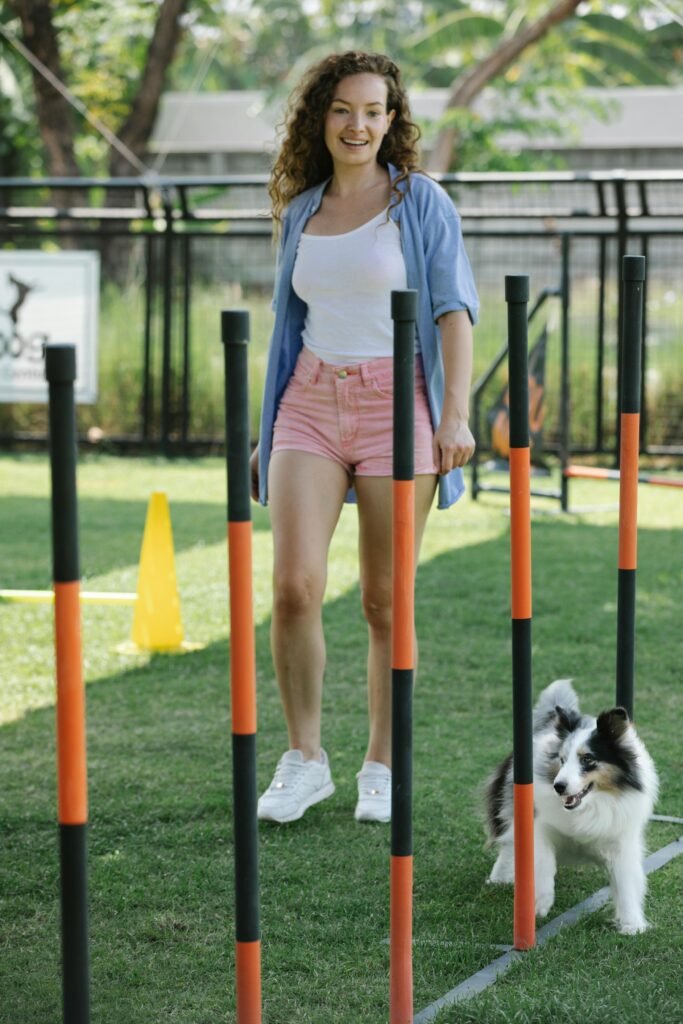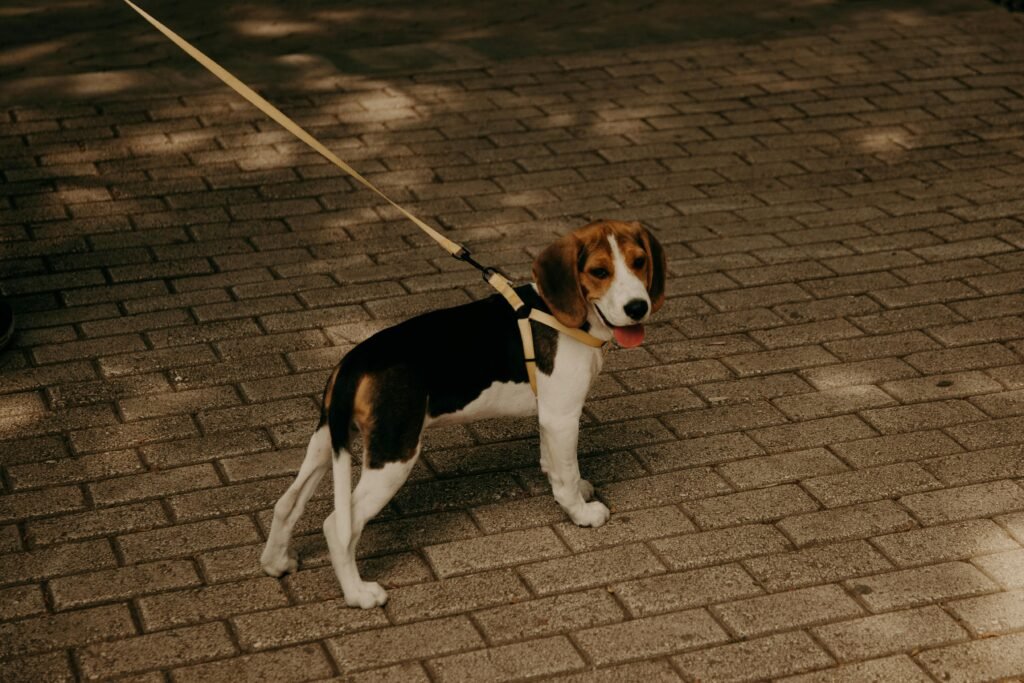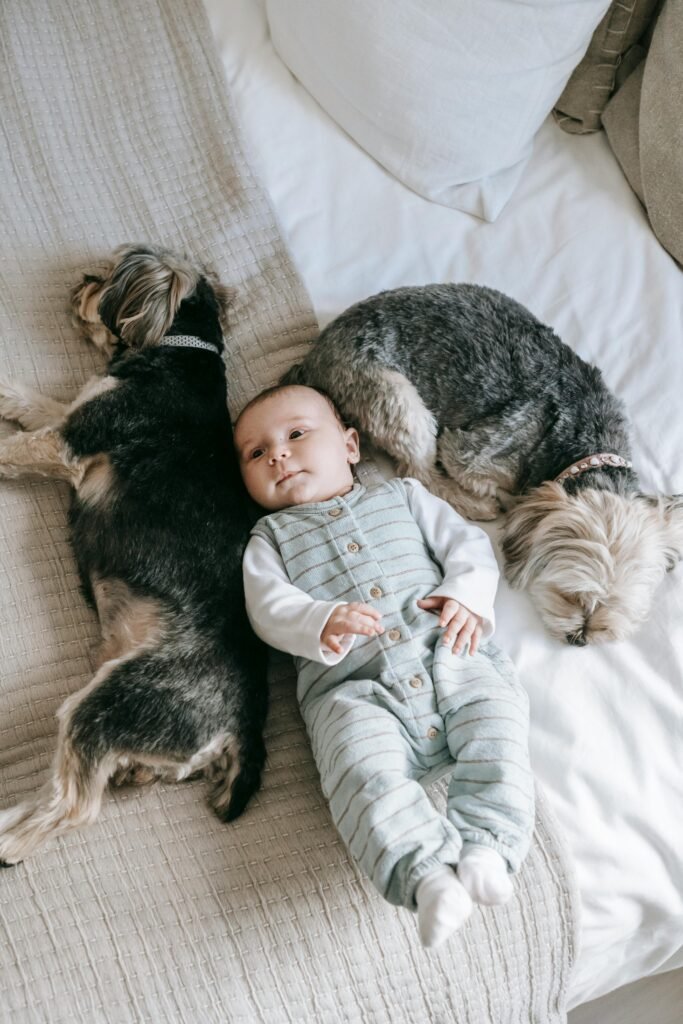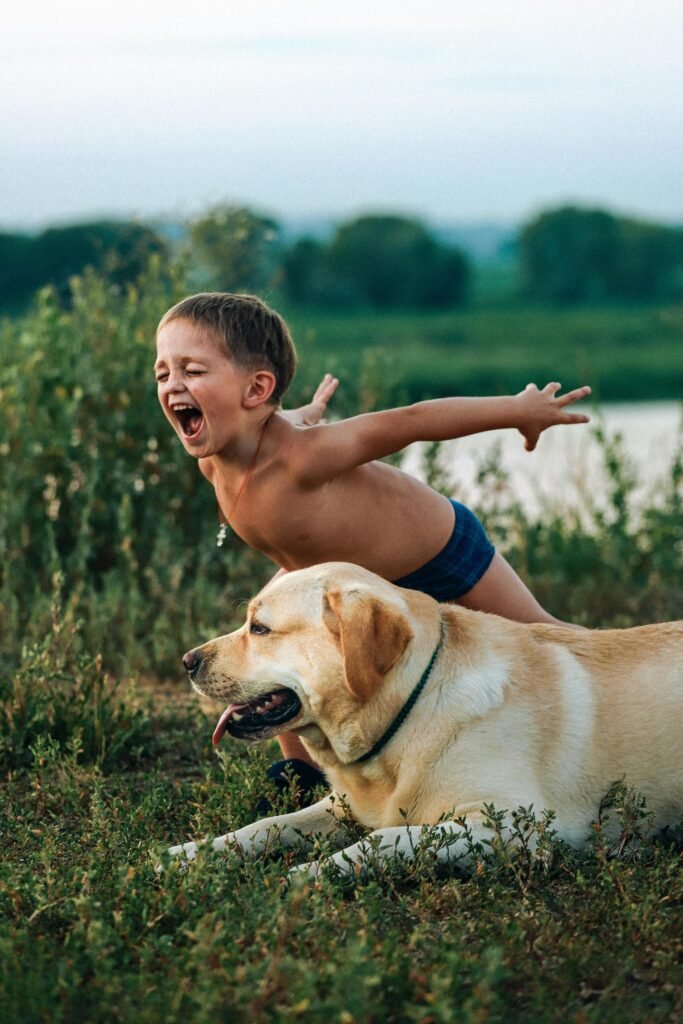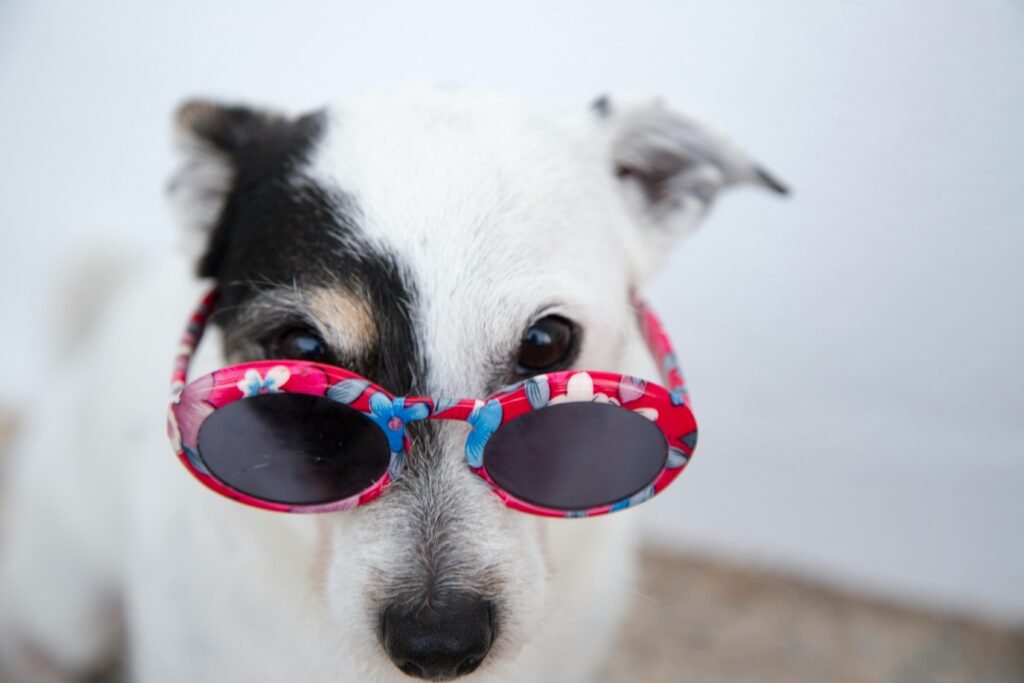Training Your Dog: Beyond the Raw Chicken Stomachs and Raw Chicken Hearts
Training your dog is a rewarding experience that strengthens your bond and helps them become well-behaved companions. While treats can be a valuable tool, they should not be the sole focus of your training efforts. Choosing the Right Treats – Raw Chicken Stomachs High-Value Treats: Select treats that your dog finds highly desirable. This could be anything from cooked chicken or beef to small pieces of cheese or fruit. Size Matters: Cut treats into small, bite-sized pieces to avoid overfeeding. Nutritional Value: Opt for treats that are low in fat and calories to maintain your dog’s healthy weight. Avoid Allergens: If your dog has allergies, choose treats that are free of common allergens such as wheat, corn, and soy. Effective Training Techniques Positive Reinforcement: Use positive reinforcement techniques to reward your dog for good behavior. This includes praise, petting, and treats. Clear Commands: Give clear and consistent commands using the same words and tone each time. Patience and Consistency: Training takes time and patience. Be consistent with your commands and reward good behavior consistently. Short Training Sessions: Keep training sessions short and engaging to prevent your dog from becoming overwhelmed or bored. Variety of Rewards: In addition to treats, use praise, playtime, or affection as rewards. This will help your dog learn commands without relying solely on food. Beyond Treats Clicker Training: Consider using a clicker to mark desired behaviors and pair them with rewards. This can be a highly effective training tool.Leash Training: Start leash training early to teach your dog how to walk politely on a leash. Socialization: Expose your dog to a variety of people, dogs, and environments to help them become well-adjusted and confident. Problem Solving: If you encounter behavioral issues, consult with a professional trainer or behaviorist for guidance. Training Your Dog: Beyond the Raw Chicken Hearts mostly the same, Training your dog is a rewarding experience that strengthens your bond and helps them become well-behaved companions. While treats can be a valuable tool, they should not be the sole focus of your training efforts. Choosing the Right Treats High-Value Treats: Select treats that your dog finds highly desirable. This could be anything from cooked chicken or beef to small pieces of cheese or fruit. Size Matters: Cut treats into small, bite-sized pieces to avoid overfeeding. Nutritional Value: Opt for treats that are low in fat and calories to maintain your dog’s healthy weight. Avoid Allergens: If your dog has allergies, choose treats that are free of common allergens such as wheat, corn, and soy. Effective Training Techniques Positive Reinforcement: Use positive reinforcement techniques to reward your dog for good behavior. This includes praise, petting, and treats. Clear Commands: Give clear and consistent commands using the same words and tone each time. Patience and Consistency: Training takes time and patience. Be consistent with your commands and reward good behavior consistently. Short Training Sessions: Keep training sessions short and engaging to prevent your dog from becoming overwhelmed or bored. Variety of Rewards: In addition to treats, use praise, playtime, or affection as rewards. This will help your dog learn commands without relying solely on food. Beyond Treats Clicker Training: Consider using a clicker to mark desired behaviors and pair them with rewards. This can be a highly effective training tool. Leash Training: Start leash training early to teach your dog how to walk politely on a leash. Conclusion While treats can be a helpful tool in dog training, they should not be the sole focus. By using a variety of training techniques, positive reinforcement, and appropriate rewards, you can effectively train your dog to be a well-behaved companion. Remember, patience, consistency, and understanding are key to a successful training journey.
Training Your Dog: Beyond the Raw Chicken Stomachs and Raw Chicken Hearts Read More »


